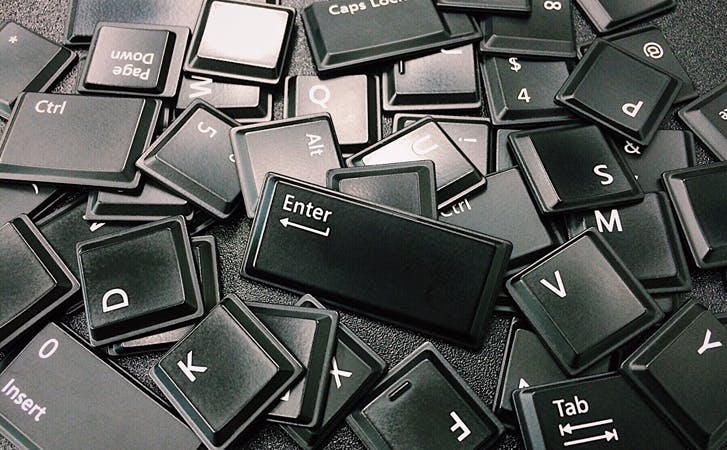
TAGTIK NEWS - TO THE POINT
The end of the Azerty keyboard?

Will the steadfast Azerty keyboard of 'French computers' finally undergo some changes to adapt to new uses and needs?
For decades—more than a century, in fact—the good old Azerty keyboard has existed in its current layout, though it was created quite by chance in 1865.
The French-speaking keyboard, known as Azerty, is a variant of the English-speaking keyboard called Qwerty, which wasn't designed for ergonomic advantages. This specific arrangement of letters wasn't adopted because it was more convenient: the Azerty and Qwerty keyboards prevailed because they were best suited for the typewriter's type of hammers.
Since 1865, the Azerty keyboard has resisted all attempts at rationalisation, and there have been several: in 1907, the ZHJAY layout was proposed, followed by another in 1976 and two more attempts in 2002 and 2005. But all failed.
The most surprising aspect of the non-evolution of our keyboard is that the standard which has prevailed originated from a poor choice, not at all dictated by usage.
Yet, some still dream of finally evolving our keyboard to allow, among other things, the accentuation of capital letters and adaptation to new uses and needs. The middle dot, for instance, cherished by advocates of inclusive writing, could find its place in there.
(MH with LpR - Source: France Culture/Picture: Pixabay)
LATEST NEWS

Renault 4 E-Tech test: drive a new lease of life!

Born on October 28; Ben Harper; singer, guitarist and activist

Born on October 28th: Eros Ramazzotti, Italian-style love

Born on 27 October: Simon Le Bon, singer of Duran Duran and seasoned skipper

Cannes Prepares for a Tsunami

Born on October 24: Bill Wyman, the Rolling Stones' discreet bassist for three decades
Quick links